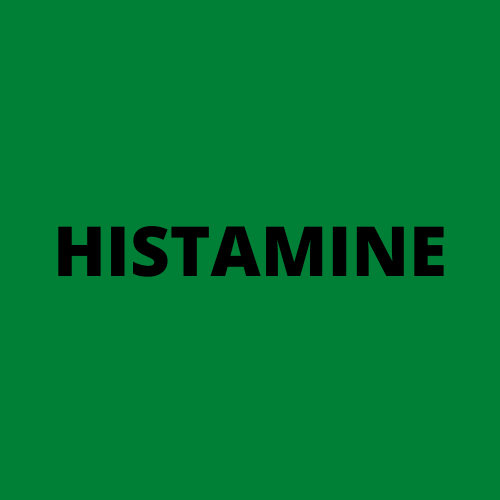
RAPESEED ALLERGY
Key Allergens
Rapeseed is a common crop harvested in the UK, rapeseed oil is used in dressings and cooking oils. Canola oil used in Canada and the US is made from specific variants of rapeseed.
Bra n 1 is the main allergen in rapeseed. It is a 2S albumin seed storage protein.
Rapeseed pollen is often blamed for allergic rhinitis symptoms as the flowering season coincides with the pollen season of the much more allergenic birch and oak. The flowers of rapeseed are insect pollinated, so considered to be of low allergenicity. Visit the rapeseed pollen page.
Food Intolerances



Rapeseed is a low FODMAP food. FODMAP stands for Fermentable oligosaccharides, disaccharides, monosaccharides and polyols. Foods high in FODMAPs can cause symptoms of food intolerance, affecting the gastro intestinal system and this can be mistaken for a true IgE food allergy.
Rapeseed is a food low in histamine, so is suitable for people following low histamine diets.
Rapeseed contains a moderate amount of lectins, another cause of food intolerance. Cooking foods with lectins makes them more digestible and can reduce the symptoms of food intolerance. As canola/rapeseed oil is highly processed it is unlikely to cause a problem with people who suffer with lectin intolerance.
You can read more about Food Intolerances on the dedicated Food Intolerance Page.
Associated Syndromes
Cross Reactivity
Other foods in the Brassicaceae family of plants includes broccoli, cabbage, kohlrabi, mustard, radish, swedes and turnips.
Please note that this food list is not exhaustive, the most up to date information is on the Cross Reactivity Tool.
Resources
Websites
University of Worcester - Allergenic Pollen Types
Allergen Encyclopedia - Rapeseed
Anaphylaxis Campaign - Vegetable Oils Histamine Intolerance Food List Unveiling Unique Allergenic Properties Of Rapeseed Oil: A Clinical Case Study, 2024 Preacutionary labelling of cross-reactive foods: The case of rapeseed, 2016 2S Albumin Storage Proteins: What Makes them Food Allergens? 2008 Napins, 2S albumins, are major allergens in oilseed rape and turnip rape, 2005 Allergy to Mustard Seeds: The Importance of 2S Albumins as Food Allergens, 2001
Articles and Journals